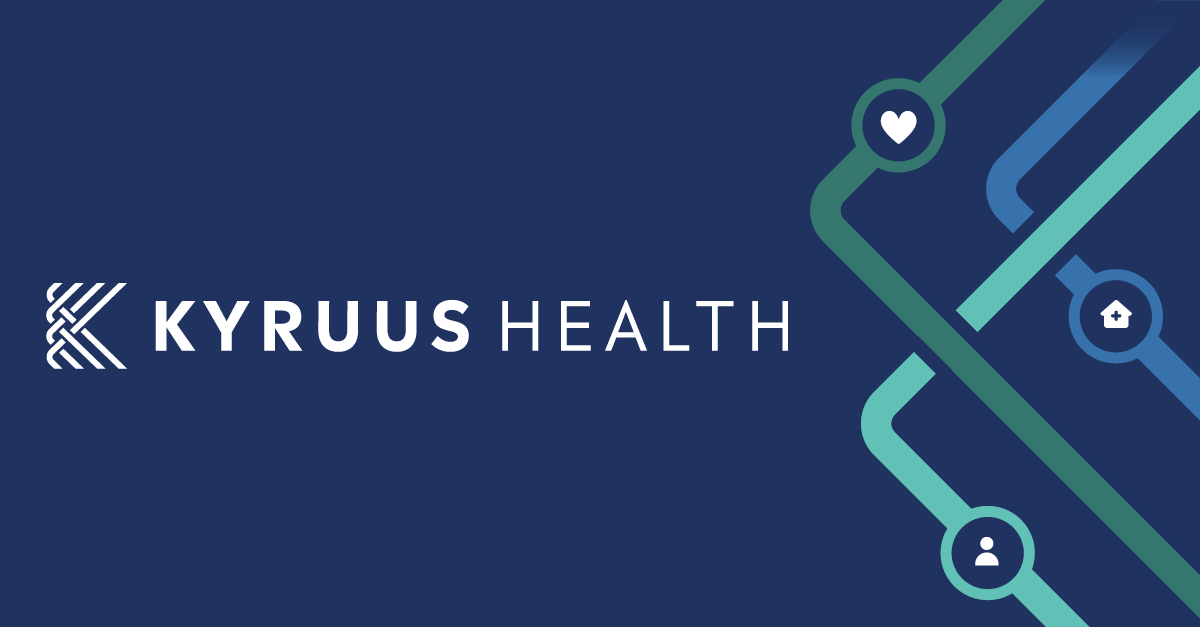There was a time when you had to use a paper map to plan your road trip. No simply plugging in your destination and getting step-by-step directions on how to get there expediently. It required some sense of navigation.
Unfortunately, the United States healthcare system is still somewhat difficult to navigate. Patients sometimes don’t get past the starting point of accessing care.
Even when patients access care, navigating the complex healthcare system often is difficult. Perhaps that’s why only seven percent of Americans are satisfied with the current system.
Most Americans know that access to healthcare is crucial to achieving the best possible health and wellness. What’s holding them back, then, from utilizing these services?
One of the biggest barriers is the high cost of healthcare in the U.S. — and not just among low-income populations. Among households earning more than $120,000 annually, 20 percent reported not accessing care in the past three months due to high costs.
Out-of-pocket costs continue to rise, as do health insurance deductibles. A recent report showed that Americans may see an increase in out-of-pocket costs of 9.9 percent by 2026.
The Mental Cost of Healthcare
There’s no shortage of data on how these increasing expenses are affecting Americans. According to a Gallup poll, just under two-thirds of respondents said they are increasingly worried about the cost of overall healthcare services. About 45 percent said the cost of their prescription drugs is causing them stress.
Skipping healthcare doesn’t simply reduce expenditures. It results in missed preventive care screenings and delayed treatment. Even patients with high-acuity cases forgo treatment because of cost, leading to worsening conditions and lack of medication management — both of which drive up hospitalizations and healthcare costs.
These high costs affect both those with health insurance and those without. Approximately one-third of insured adults worry about affording their monthly health insurance premium. Almost half are concerned about affording their deductible.
Health Disparities and Minorities
High healthcare costs also disproportionately affect Black and Hispanic adults and other minority groups who lack adequate health insurance. For African Americans, the average annual cost for health care premiums is almost 20 percent of the average household income. Minority patients are also less likely to receive outpatient services or prescription drugs.
It’s been estimated that health disparities for minorities could reduce direct medical care expenditures by about $230 billion. Compared to other developed nations, the U.S. has the starkest income-based health disparities. The Agency for Healthcare Research and Quality (AHRQ) defines healthcare disparities as differences in access to or availability of medical facilities and services and variation in rates of disease occurrence and disabilities between population groups defined by socioeconomic characteristics such as age, ethnicity, economic resources or gender and populations identified geographically.
The Price Transparency Problem
Even when minority populations are able to readily access care, they — like other Americans — face a lack of price transparency. Without price transparency, some patients avoid regular medical care.
Patients who attempt to research healthcare prices to find the highest quality of care at the lowest cost rarely end up paying those exact amounts. Why? Healthcare providers contract with various insurance providers, resulting in different fees, and there are cost variations due to components such as deductibles and copayments.
Along with reducing the cost of healthcare, price transparency has the potential to provide numerous benefits to both consumers and providers, such as real-time online access to estimated out-of-pocket (OOP) costs, enhanced patient engagement and reduced market prices for various procedures. It helps patients make more educated healthcare purchasing decisions and be more aware of their payment responsibility to their provider.
Read more: How Price Transparency Can Bring Efficiency Into Healthcare
The Perks of Patient Payment Features
Many U.S. consumers want healthcare providers and insurers to disclose prices. Few know that federal regulations enacted earlier this year require hospitals to enable patients to compare prices across hospitals and search for lower-price care.
Most patients prefer to pay their medical bills electronically because of the convenience it offers. That convenience is a central pillar of healthcare consumerism.
Epion’s payment feature enables patients to review their co-pays, outstanding balances and collection balances during check-in, so they know ahead of time how much they owe. In addition, they can set up a card on file for annual payment contracts to cover co-insurance obligations or make payments. The result is increased patient satisfaction, improved cash flow, fewer write-offs and lower collection fees.
Follow us on LinkedIn, Twitter and Facebook to keep up with issues affecting the healthcare industry!

